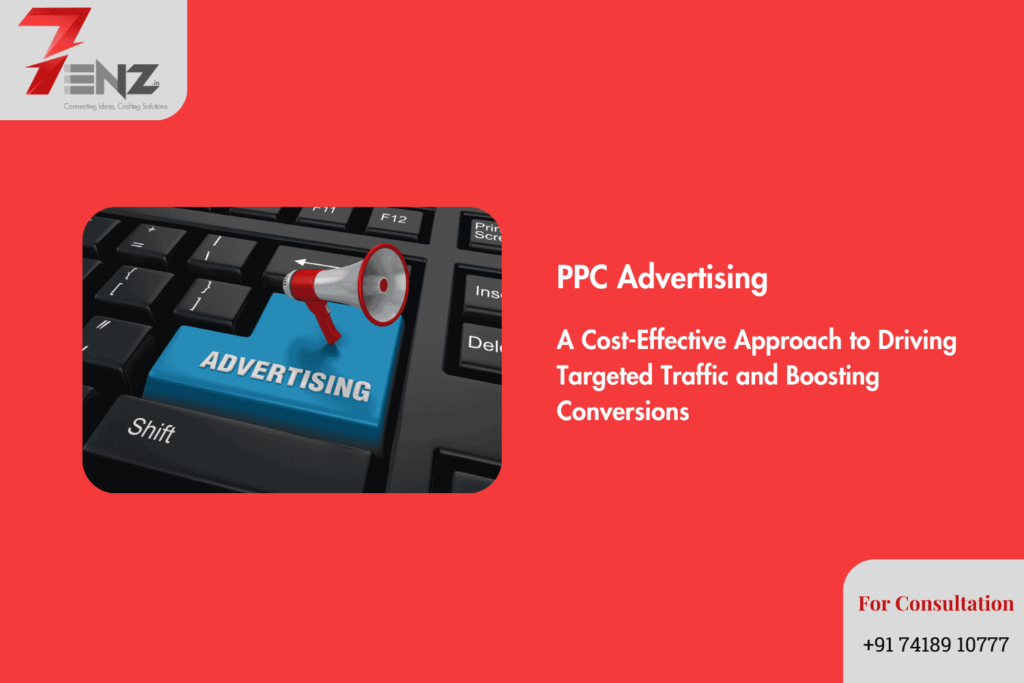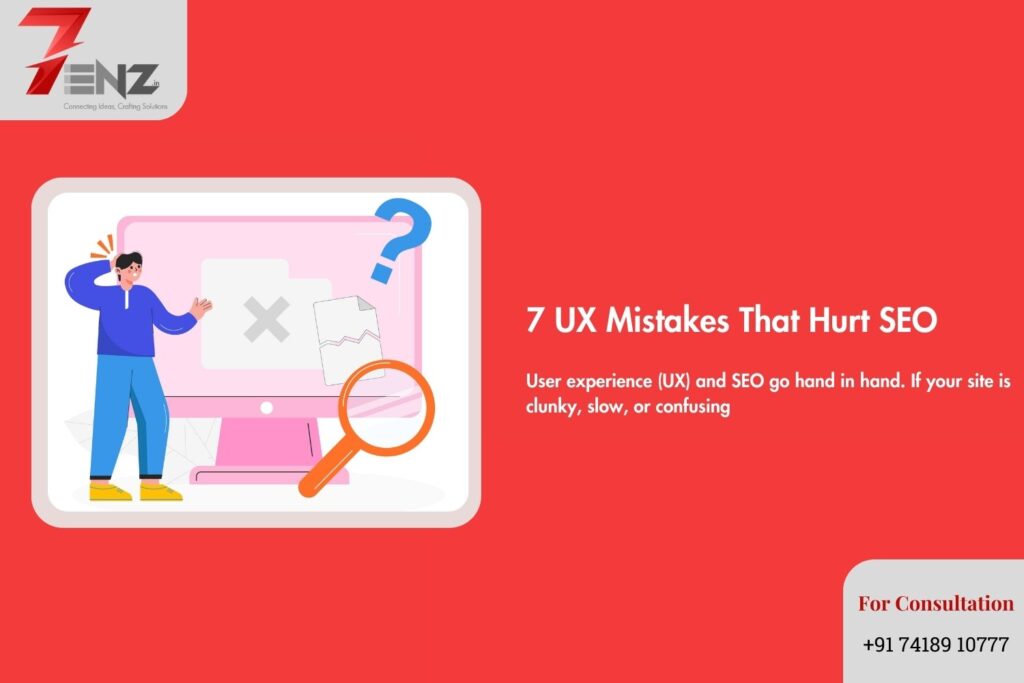
How to Improve Your Website’s Visibility and Attract More Customers
In today’s digital landscape, having a well-designed website is only the beginning. To attract more customers and grow your business, your website needs to be easily found by search engines like Google. This is where Search Engine Optimization (SEO) comes in. SEO is improving your website’s visibility in search engine results pages (SERPs), helping you attract more organic traffic and convert visitors into customers. Whether you’re new to SEO or looking to enhance your current strategy, this guide will walk you through the SEO basics of improving your website’s visibility.
1. Optimize Your Website’s Content with Keywords
Keywords are the foundation of SEO. Users type these words and phrases into search engines when looking for information. By identifying the keywords relevant to your business and integrating them into your website’s content, you can increase your chances of appearing in search results for those queries.
– Keyword Research: Use tools like Google Keyword Planner or SEMrush to find relevant keywords with high search volume and low competition.
– Content Optimization: Once you have your target keywords, incorporate them into key areas of your website, including page titles, meta descriptions, headers, and body content. However, be careful not to overdo it—keyword stuffing can harm your rankings. Focus on creating high-quality content that provides value to your readers.
2. Improve Website Loading Speed
Website speed is a critical factor in SEO and user experience. Slow-loading websites are penalized by search engines and can drive visitors away. Google has made it clear that fast websites rank better, especially with its Core Web Vitals update.
– Compress Images: Large image files can slow down your website. Use tools like TinyPNG to compress images without losing quality.
– Leverage Browser Caching: Enable caching so returning visitors don’t have to reload the entire site each time they visit.
– Optimize Code: Clean up your website’s code by minimizing JavaScript and CSS files and removing unnecessary plugins or scripts.
3. Mobile-Friendly Design
With more people browsing the web on smartphones, having a mobile-friendly website is no longer optional. Google’s mobile-first indexing means the search engine primarily uses the mobile version of your site for ranking and indexing. If your site isn’t mobile-optimized, you’re likely missing out on a huge portion of potential traffic.
– Responsive Design: Ensure your website is built with a responsive design that automatically adjusts to fit any screen size.
– Mobile Usability: Make sure buttons are easy to click, text is readable without zooming, and images scale properly on smaller screens.
4. Build High-Quality Backlinks
Backlinks, or inbound links from other websites, are one of the most important ranking factors in SEO. When reputable websites link to your content, it signals to search engines that your site is credible and trustworthy.
– Guest Blogging: Write guest posts for industry-related websites and include a link back to your own site.
– Create Shareable Content: Publish high-quality, informative, and shareable content like blogs, infographics, and videos that others will want to link to.
– Engage in Online Communities: Participate in relevant forums, blogs, and social media discussions, sharing your expertise and linking back to your website when appropriate.
5. Optimize for Local SEO
If your business serves a specific geographic area, optimizing for local SEO is crucial to attracting nearby customers. Local SEO helps your business appear in search results when users search for services near them.
– Google My Business (GMB): Create or claim your Google My Business listing. Ensure that your business information is complete and up to date, including your address, phone number, hours of operation, and services offered.
– Local Keywords: Include local keywords (e.g., “plumber in Thanjavur”) in your website content, meta descriptions, and titles to target location-based searches.
– NAP Consistency: Ensure your Name, Address, and Phone number (NAP) are consistent across all online directories, social media, and your website.
6. Create Engaging Meta Titles and Descriptions
Your meta title and description are the first things users see in search engine results. A well-crafted title and description can make the difference between someone clicking on your website or scrolling past it.
– Title Tag: Your title tag should be concise (50-60 characters) and include your primary keyword. It should also be compelling enough to entice users to click.
– Meta Description: Keep your meta description under 160 characters and include your main keyword. The description should summarize the page’s content and encourage users to take action (e.g., “Learn more,” “Shop now”).
7. Utilize Internal Linking
Internal linking refers to linking from one page of your website to another. This practice helps search engines understand the structure of your site and allows users to navigate it more easily.
– Link Relevant Content: When writing blogs or landing pages, link to other relevant content within your site. For example, if you have a blog about “SEO basics,” you might link to another blog post about “Advanced SEO tactics.”
– Use Descriptive Anchor Text: The text you use for the link (anchor text) should be descriptive and relevant to the page you’re linking to.
8. Monitor and Analyze Performance
SEO is an ongoing process, and it’s important to monitor the performance of your efforts. Use analytics tools like Google Analytics and Google Search Console to track metrics such as organic traffic, keyword rankings, and click-through rates (CTR).
– Track Keywords: Monitor how your target keywords are performing and make adjustments if certain keywords aren’t generating the expected traffic.
– Analyze Traffic: Look at which pages are attracting the most visitors and identify any trends or patterns in user behavior.
Conclusion
Improving your website’s visibility through SEO can significantly impact your business’s ability to attract new customers and drive growth. By optimizing your website’s content, enhancing loading speed, building quality backlinks, and leveraging local SEO, you can improve your rankings in search engine results and increase your online presence.
If you’re looking to boost your website’s visibility and attract more customers, 7ENZ DIGITAL & iT SOLUTIONS in Thanjavur offers expert SEO services tailored to meet your business goals. Contact us today to learn how we can help enhance your digital marketing strategy and improve your search engine rankings.



